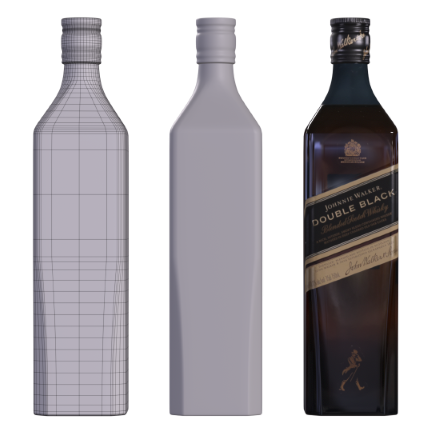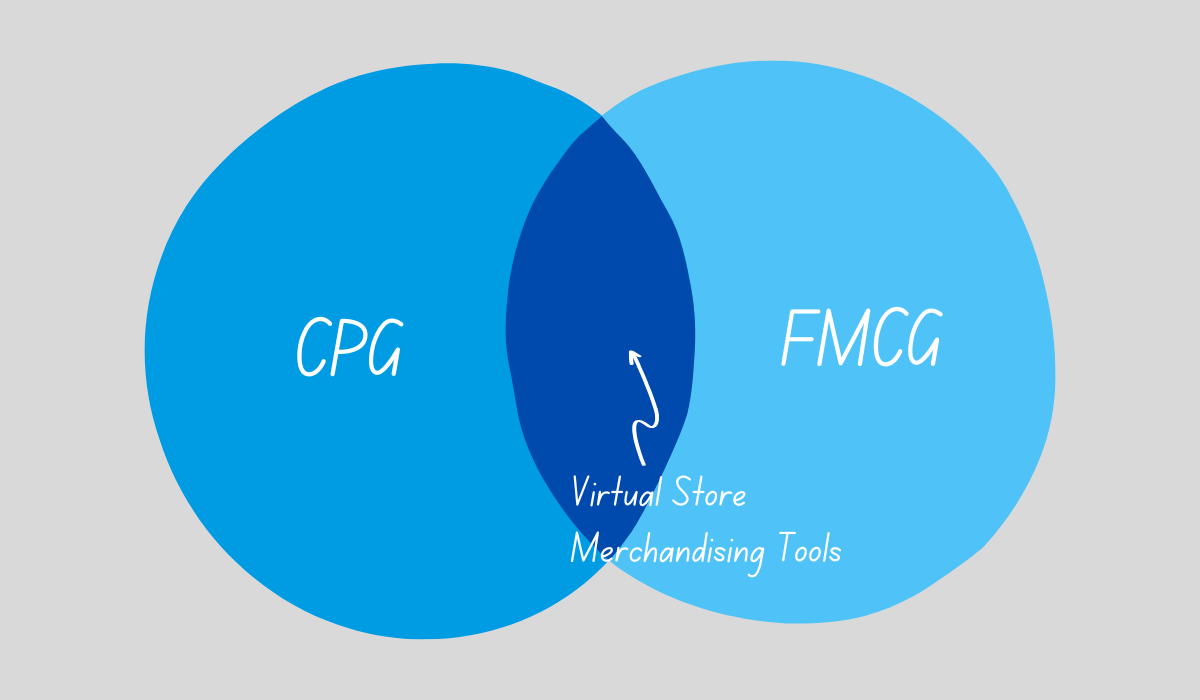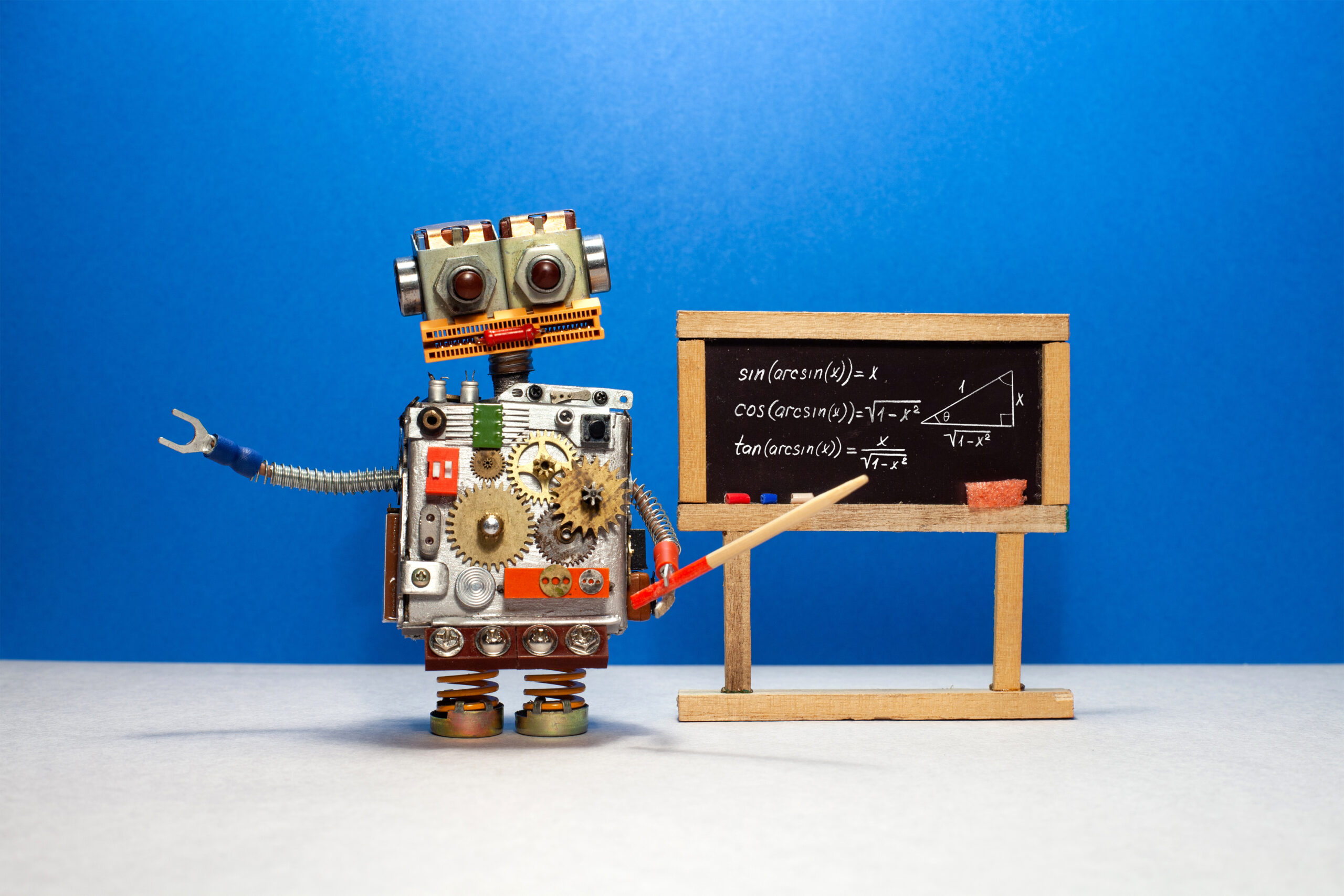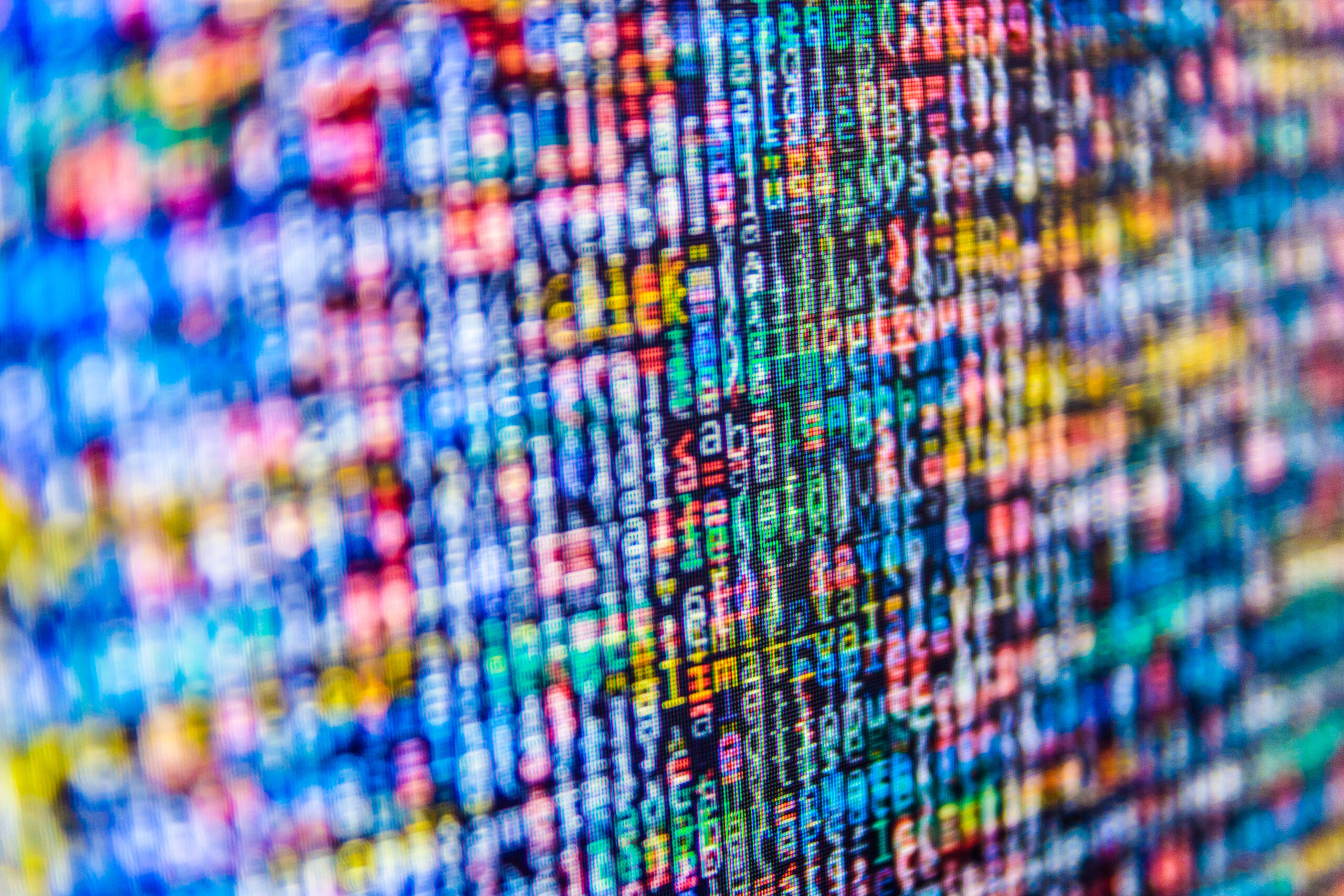Physical products are the bread and butter of retail and consumer packaged goods (CPG) businesses. But in today’s digital-first world, providing an immersive product experience can be challenging, especially regarding online shopping experiences. You want to give customers a realistic sense of the product but don’t want them to wait for physical samples to arrive. That’s where 3D product rendering comes in.
At InContext, we specialize in providing retailers and CPG businesses with a comprehensive range of 3D rendering services that can help them enhance the customer experience and improve sales. Here’s everything you need to know about 3D product rendering and how it can give your business an edge.
What is 3D product rendering?
First, let’s cover the basics. 3D product rendering is a process of creating lifelike digital images of physical products. Using sophisticated software, an artist or graphic designer can construct a highly-quality representation of a product that looks almost identical to the real thing. A photorealistic rendering can be used in digital spaces, such as on product pages and in ads.
You might also see 3D modeling called computer-generated imagery (CGI) or computer-aided design (CAD). That’s because 3D product rendering services encompass existing models of products and new designs created from scratch. These are delivered in CAD files.
Why should you invest in 3D product renderings?
3D product renderings have numerous advantages for both retailers and CPG brands. There are seven main reasons to consider investing in 3D product rendering services:
1. Cost-effective
The most obvious benefit of 3D product renderings is that they can help you save money. Instead of creating physical samples and prototypes, 3D product renderings allow you to quickly generate digital images without needing expensive materials or labor-intensive processes.
This is especially true for large or complex products that would normally take a long time to create. Instead of waiting for the model to be completed, you can have a photorealistic rendering in just a few days.
Even the actual photos of a product can be expensive and time-consuming. Traditional photography shoots often require costly equipment and special locations. Not to mention the time it takes to set everything up and take the photos.
With 3D product renderings, you can get the same high-quality resolution you would with real-world photography. All without the added cost and hassle.
2. Customizable
3D models also give you the flexibility to customize products as needed. Marketers can quickly create different product iterations, such as alternate colors or features. This can be useful for prototyping new products or formats. You can then gauge customer interest before committing to the real thing. The alternative would be to create multiple physical samples, which can be resource-intensive.
The product design process extends to different packaging options as well. With 3D product renderings, you can create different versions of a package design that will help you better understand customer preferences and give them the best possible experience.
As for your product photo shoot, you can make edits to the final image without having to pay for a post-production team. Want a white background instead of the blue one you started with? No problem! The revisions can be made with a few clicks of a mouse.
3. Faster time-to-market
The next major benefit of 3D product renderings is that they can significantly reduce the time it takes to get a product to market. Traditional product photography can take weeks or even months to complete. You need to find the right models, book photographers, and secure locations and props – all of which can take up a lot of time. Unfortunately, you need those photos before you can launch a product.
You can shave off a considerable amount of time by using 3D product renderings instead. With the right team and software, you can have photorealistic rendering in just a few days. That is especially helpful if you need to launch products quickly or meet tight deadlines. You’ll also have more time to survey your audience on various renditions of the product to ensure you’re getting it right.
These time savings give you a competitive edge by allowing you to get your product out there faster than your competitors.
4. Improved marketing and advertising
The images you use for your product marketing and advertising can make or break its success. You need high-quality images that accurately depict the product and draw in customers. Anything from lighting to background colors has to be just right. The camera’s quality and the photographer’s skill can also make a significant difference in the overall look.
3D product renderings provide an easy solution to this problem by allowing you to create perfect product images every time. You have total control over the lighting, background placement, props, and other elements. It ensures that your pictures are always flawless. Use your renderings to create high-resolution images for product catalogs, ads, and website pages that will capture your customers’ attention.
The result is improved customer engagement and conversion rates. Ultimately, it increases the effectiveness of your marketing campaigns.
5. Better visualization
Customers now expect more immersive experiences when shopping. They want to get a good feel for a product and see how it fits into their lives. This is where 3D product renderings come in handy. You can create interactive experiences that allow customers to spin the image around or zoom in and out for more detail. No clarity will be lost during close-ups, as the image remains sharp and accurate. 3D product animation can even be used to show the product in action, further immersing your customer in the experience.
Photorealism plays a big role here. Since these are photorealistic images, your customer can get an accurate depiction of what they will be receiving. The image will match the product, so it won’t look different in real life, avoiding surprises or disappointment. This can reduce the likelihood of refunds or exchanges.
6. Sustainability
Another huge benefit of 3D product renderings is the reduced environmental impact. By using computer-generated images, you don’t have to rely on traditional photography, which can be extremely wasteful and damaging to the environment. You won’t need any physical sets or props, and no travel is required – saving a ton of resources.
The same goes for prototyping. You don’t have to produce physical models for testing before you launch the product. This means, no more waste is associated with failed prototypes or discarding dozens of slightly different variations of the same product.
7. Promotes customer interactions
Finally, 3D product renderings are more interactive than regular images, which helps create a more meaningful shopping experience for customers. Visitors to your website aren’t passively viewing a picture – they can interact with the image and change their view of the product. The added engagement should help you maintain customers’ interest in your products.
It might also make them more likely to share the product with friends and family, which could result in additional sales.
How can retailers use 3D artwork for CPG advertising?
Technically speaking, you can use 3D product renderings in any way you would use a traditional photograph. More specifically, the following are some popular use cases:
Product packaging
Product packaging plays a crucial role in product marketing, as it is often the first thing customers will see. Whether on an e-commerce website, an in-store display, or the product packaging itself, a realistic representation of the product is what many customers want. They will use these still images to make an informed decision when shopping.
For example, a baby crib that comes disassembled in a box would be difficult to visualize without a picture of the finished product. A 3D rendering of the crib assembled would make it much easier for customers to see what they’re buying and understand how it works. Taking it a step further, you could even include 3D animations of the assembly process.
Product visualization
In regards to product visualization, 3D product renderings are excellent for providing additional information about the product. For example, you can use high-resolution 3D renderings to show details that regular photographs would not – such as textured surfaces, intricate designs, and moving parts.
It could be done in a detailed and interactive way, allowing customers to explore the product from different angles and get a better understanding of its features. Photorealistic rendering could also be used for promotional purposes, such as creating virtual 3D tours of the product that customers can experience in real-time.
It allows you to highlight unique features and benefits of the product, which could help increase conversions and sales. Product modeling can also be used in augmented or virtual reality applications, allowing customers to explore and interact with the product before purchasing.
Contextual advertising
Contextual advertising is a relatively new form that uses 3D product renderings to present the product in its natural setting. Using contextual advertising, you can place your product in a scene that accurately reflects the environment where it would be used. If you shop (or sell) on Amazon, you’ve probably encountered this type of ad.
For example, instead of showing a laptop in an isolated image, you could show it on a desk with other office supplies. Or you could show a fridge in a kitchen, with food items inside it. This level of personalization helps customers connect with the product on a more emotional level and helps them visualize how it would fit into their lives.
3D modeling is the same technology used for architectural rendering in interior design, so it can be used to create a realistic representation of any environment. The only limits are the 3D artists‘ imagination!
Virtual try-On
Some products, such as cosmetics, eyewear, and clothing, require more interaction than just looking at a model. Even 3D renderings can’t provide the same experience as trying something on in person.
Fortunately, 3D product renderings can be used to create a virtual try-on experience that is almost as good as being in a physical store. The rendered images will be superimposed on top of their own photos. Customers can see how they would look wearing the product and make sure it fits their needs before making a purchase decision.
For instance, the brand Warby Parker creates 3D eyewear models that can be combined with a customer’s headshot to create a virtual try-on experience. This could be done for any product, from 3D sunglasses to hats and shoes. It is particularly useful for customer service as it can reduce the number of returns and exchanges. Seeing how something looks on them before they buy will also give customers more confidence in their purchasing decisions, leading to a better customer experience overall, and a higher likelihood of repeat business.
Social media content
Lastly, 3D product renderings can be used to create engaging content for social media platforms. Turning high-quality images into gifs and videos can help bring your products to life on social media in an exciting way. Instead of hiring a photographer for every post you plan to share, you can use 3D models to create a variety of visuals without having to spend extra money.
Use contextual advertising or virtual try-on to create content that resonates with your target audience. You can also use the same models for multiple posts and campaigns, which helps save time and money if you’re working on a tight budget.
In summary
InContext’s 3D product rendering technology is an incredibly versatile solution for CPG and retail marketing. It offers a cost-effective and sustainable alternative to traditional photography and an engaging way to showcase products. This technology allows retailers and CPG brands to create realistic visuals for ads, e-commerce experiences, virtual try-ons, and social media content.
At InContext, we use the latest 3D rendering software to create photorealistic product rendering images that you can use to create engaging visuals for your customers. With this technology, you can give your customers the ultimate shopping experience and help them make informed purchasing decisions.
Contact us today to learn more about the 3D product rendering cost, processes, and use cases. We’d be happy to answer any questions and help you get started with this revolutionary technology!






